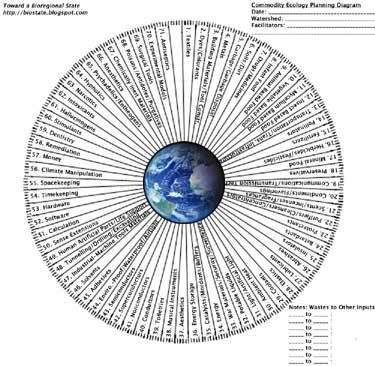 The Timpanogots (spelled various ways but said to be pronounced Tumpanuwach or something similar) were the primary inhabitants of the fertile region we call June Sucker Nation, pre european colonization. The fertility of the grasslands, forested rivers, canyons and mountainlands, and the lake with its teeming fish were not missed by the Spanish explorers, French, English and American trappers or the U.S. surveyor John Fremont. Drawn to the rumored abundance of the "Uwtah" Lake & Valley but relegated to the Salt Lake Valley because of the natives' formidability and the absence of their presence in the less fertile area in the North, Mormon settlers cautiously approached colonizing the valley.
The Timpanogots (spelled various ways but said to be pronounced Tumpanuwach or something similar) were the primary inhabitants of the fertile region we call June Sucker Nation, pre european colonization. The fertility of the grasslands, forested rivers, canyons and mountainlands, and the lake with its teeming fish were not missed by the Spanish explorers, French, English and American trappers or the U.S. surveyor John Fremont. Drawn to the rumored abundance of the "Uwtah" Lake & Valley but relegated to the Salt Lake Valley because of the natives' formidability and the absence of their presence in the less fertile area in the North, Mormon settlers cautiously approached colonizing the valley.The Ute Nation's people, who lived also in regions to the east and south of June Sucker Nation, in the Uintah and Sanpitch regions among others, gathered in great numbers around the lake in June of every year - spawning time of the "Pah-gar" or sucker. The fish were so abundant and thick in the river that they could be knocked out of the water with bare hands. It was a time for trading, games, wrestling and for the Utes to enjoy the company of their people from other regions, not to mention a time to stock up on fish, their primary food source which could also be dried and stored.
Not quite 2 years after the Mormon's arrival in Salt Lake, 1 year after their settlement of Utah Valley, the Timpanogots were all but exterminated after conflicts with their new competition arose. Mormon leaders desired the land for its resources and its strategic location for opening a road for settlements further south and gave the Utes the option of extermination or peaceably surrendering their land.
In the initial battle of Provo River, led by a large militia from Salt Lake on Feb 9-10, 1849, an unknown number of warriors and women were killed in the Ute village which was said to number about 70 warriors. Numbers of women and children were unknown. Of those that fled the village 15 to 20 women and children survived the massacre on West Mountain on Valentine's Day of 1849, their husbands and fathers (between 14 and 30 in number) were captured, shot at point blank, and were later decapitated for scientific study. The other portion of the village, fleeing up the "House of God" (Rock Canyon) suffered a siege, measles, exposure and a skirmish, and were survived by 8 men, 6 women and 7 children who made snowshoes to escape into Provo Canyon through the mountain pass despite heavy snows. One Mormon Utah Valley militiaman died.
In attempting to re-localize to our bioregion, it is important that we look to the people who stewarded this region and the Pah-gar, or June Sucker, for at least 600 years. After 150 years of colonization their culture, their language, their knowledge of the natural systems and pattern languages of this watershed, may very well be gone. The fish which they harvested and stewarded have largely gone with them - either extinct or very close to it.
I propose that we create a movement to recover and understand what we can of their culture, their place names, names of creatures and natural processes, and use that to redesign how we perceive our watershed. And I propose that we create:
A commemorative event of the massacre put upon them on Valentines Day;
As well as a Pah-gar Festival in June, to convene upon and confer about how we can recover the June Sucker's severely dwindled population and create a paradigm of abundance/regeneration of natural resources and land stewardship in memory of the Tumpanuwach.


















1 comment:
Your efforts to illuminate the past and honor this beautiful land are helping me to be mindful. I wish we knew more of the Tumpanuwach!
Post a Comment